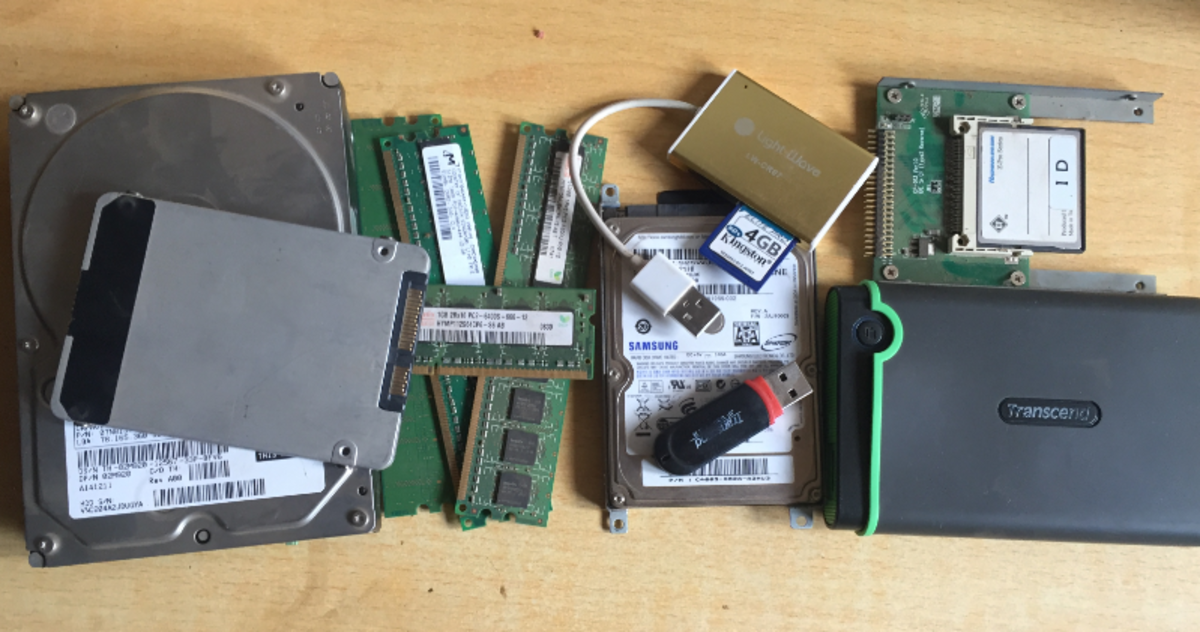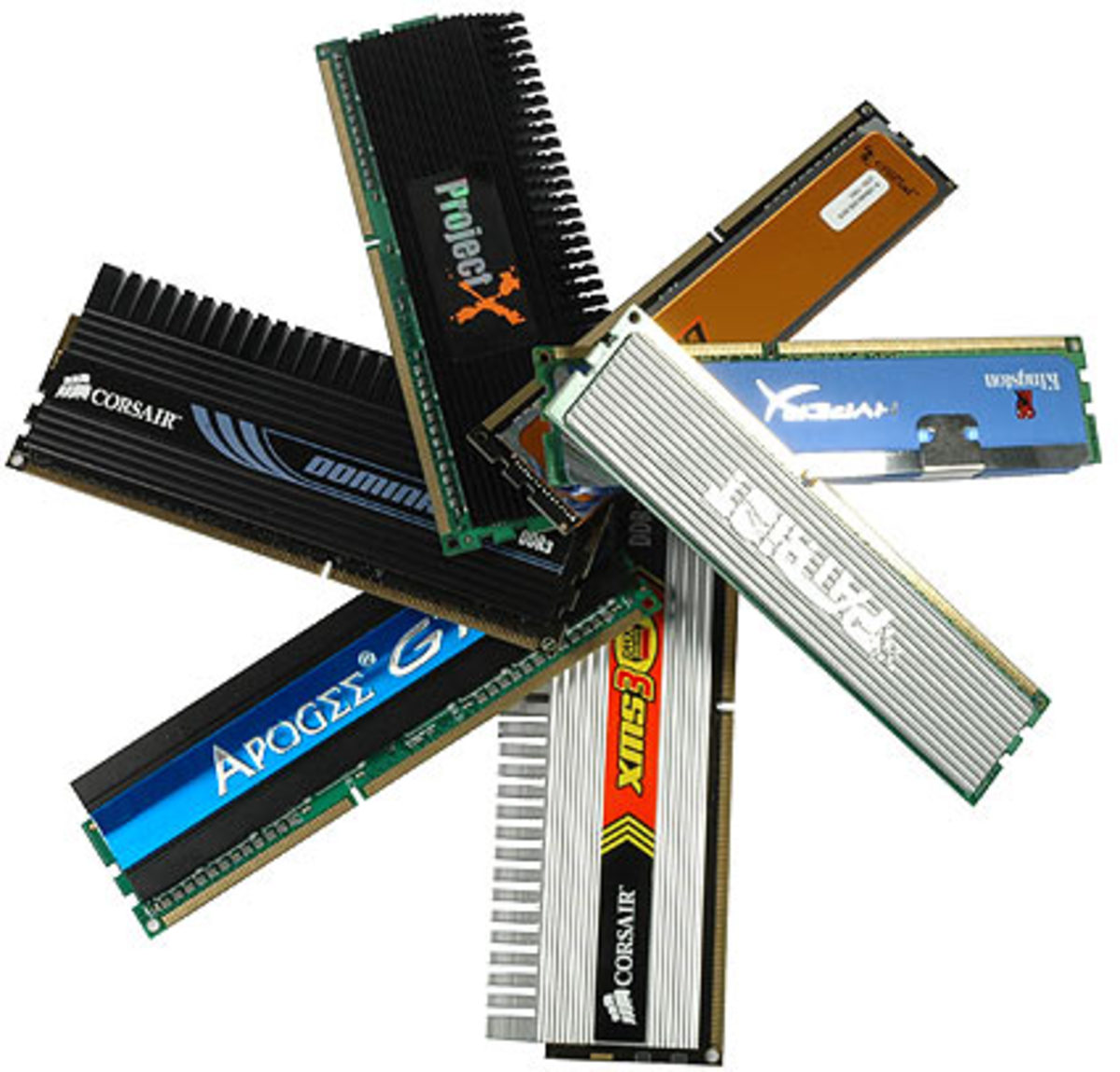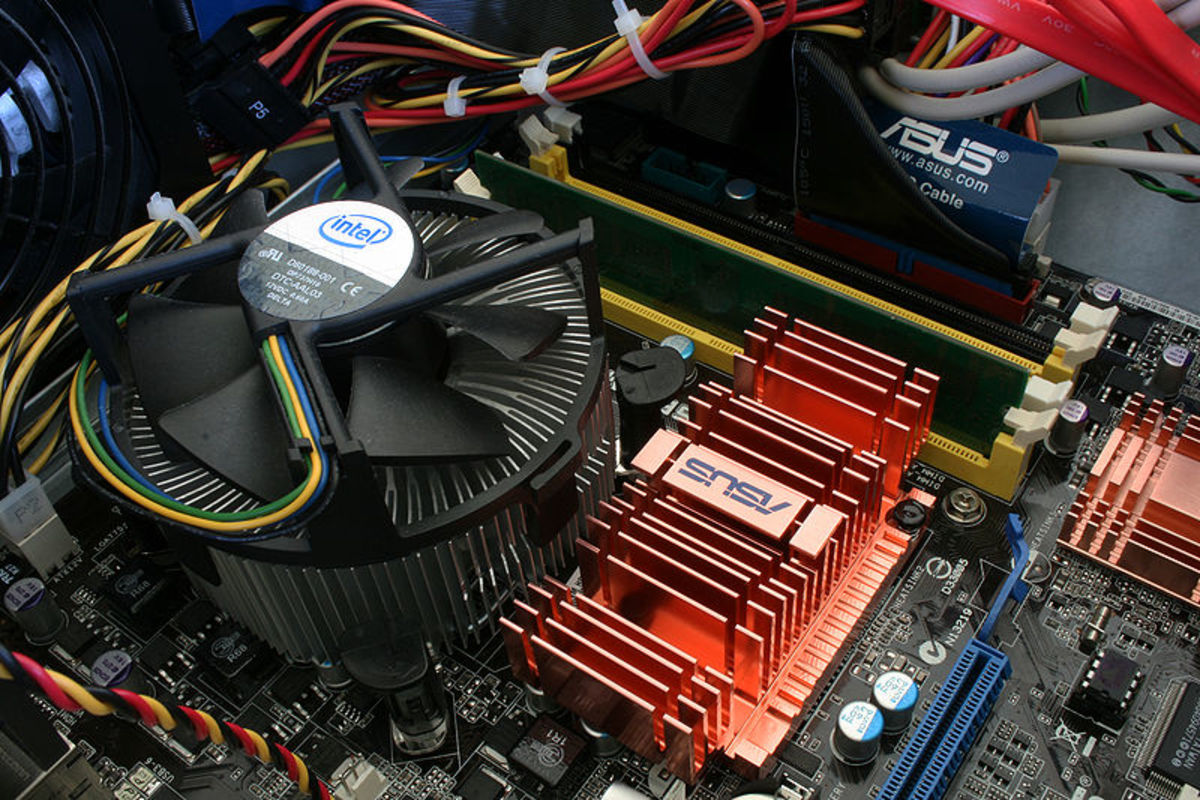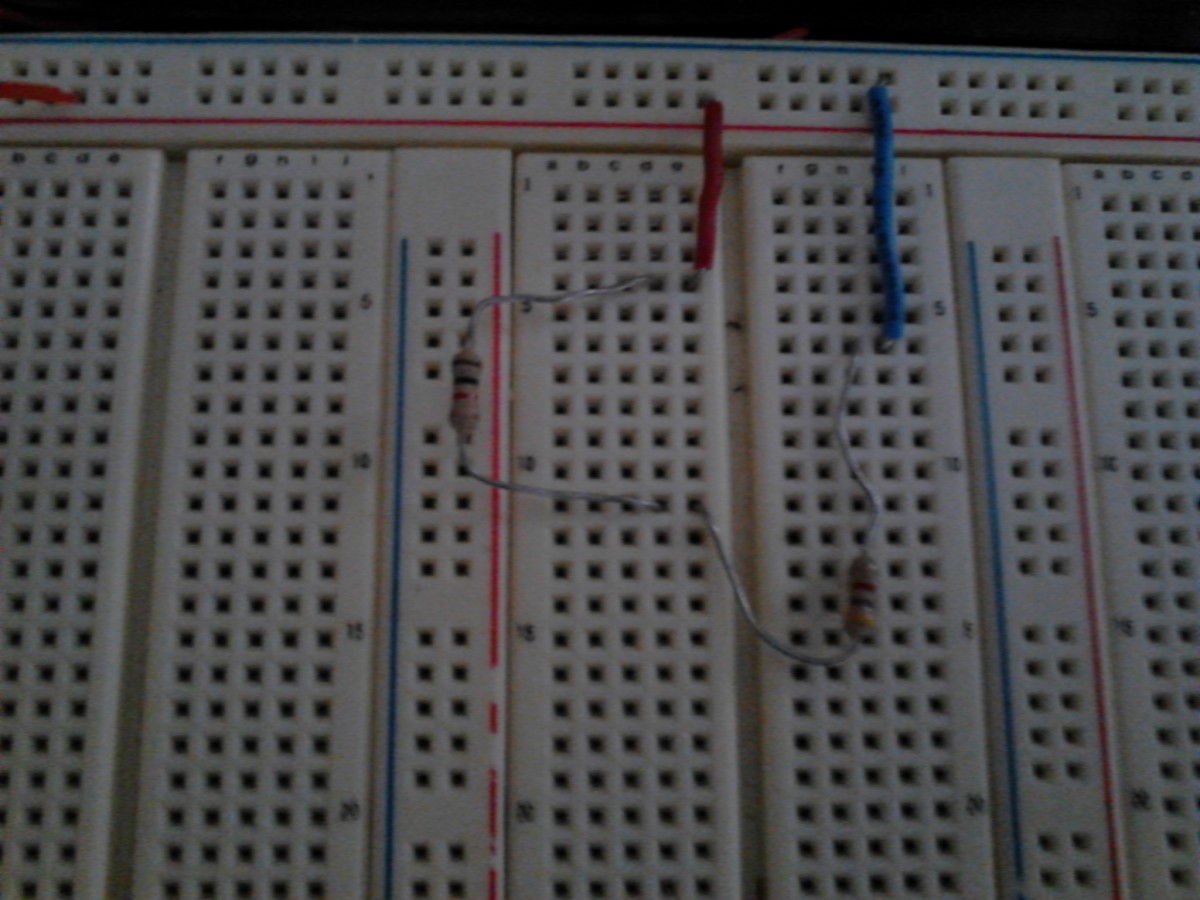- HubPages»
- Technology»
- Computers & Software»
- Computer Hardware
The First Microprocessor
The main part of a computer that some people consider the brain is the CPU. This is what drives the power of calculations on the pc, as well as the processing of the information.
The first microprocessor was created in 1971, by Intel when they released a chip called the 4004. The first desktop pc was built by IBM in 1981, and would use intel chips.
Intel history
N M Electronics was launched in 1968 on July the 18th. Robert Noyce and Gordon Moore had been 2 engineering employees at Fairchild the semi conductor specialist. Their goal at the time was to make the semiconductor memory more affordable, and of higher quality.
The changed the name of the company also then to Intel. Upto then core memory had used a magnetic core, and Intel wanted to use a silicon chip based memory. At the time this was way more expensive that the magnetic core memory, however it didn't stop Intel from trying. They knew that if they reduced the costs considerably, they could own the market completely, and that's what they done.
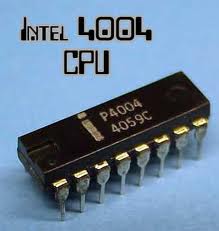
Intels first memory chip that they made was the 1KB memory chip. It was called the 1103 dynamic random access memory module, and it went on to become the worlds biggest selling semiconductor device within a year. Intel had become a large force in the electronics world and had gained the attention of the Japanese calculator firm Busicom.
They asked Intel if they could design them a set of high-performance programmable calculators. They asked Intel to come up with a set of chips that would work with their calculators, and they game Intel the specifications. The specifications were rejected by Intel, and specifically Ted Hoff who instead of adhering to the requested guidelines, of a set of 12 individual chips, that would only perform the exact functions of the calculator, proposed the idea of a single chip, that would be a generic chip, which would then handle the programming input from the manufacturer. This meant that the chip itself would not hold any functionality instructions, and so would instead deal with delivering the instructions to the various parts of the calculator devices.
The concept was that at the center of the chip, there would be four parts. The rom, the ram, the input/output,and the 4004 processor. All the previous chip makers had built their chips to the specific functionality of the devices, and the difference with the new intel chip was that it could be used in other devices apart from calculators.
The 4000 chip family was completed in March 1971, and then put into production on June 1971. Intel then had to overcome its first major hurdle, which was they realised the potentional of this new device, and since they were a memory manufacturer, they knew it would help them sell more memory. Their problem was that the Japanese company Busicom owned the rights. So for $60,000 Intel bough the rights from the company.
In November, 1971 the 4-bit Intel 4004 CPU was introduced as part of the MCS-4 microcomputer set. The 4004 cpu ran at a maximum clock speed of 740KHz (740,000 cycles per second, or nearly 3/4ths of a megahertz), and it contained within it 2,300 transistors over an area of only 12 sq. mm (3.5mm x 3.5mm), The chip had been built with a 10-micron process, which meant that each transistor was spaced about 10 microns (millionths of a meter) apart.
The comparison was obvious since instead of packing transistors into a chip, the computer industry had been started using tubes and vacuums of large sizes, the size of table legs.
The 4004 chip become popular to use for a whole new host of ideas. It was programmable to any electronic function control, and so was used in simple things from satellite probes to traffic lights.
The next route for Intel was to obviously make their own product obsolete, so in In April 1972, Intel then released the 8008 processor, which could originally run at a clock speed of 500KHz (0.5MHz). The 8008 processor contained 3,500 transistors and was built with the same 10-micron process as the previous processor.
The change in the 8008 processor from the 4004 was that it had now an 8-bit data bus, which meant it could move data 8 bits at a time, instead of the previous 4.
There was also improved memory functionality, which meant the chip could address up to 16KB.
The next chip Intel then produced was the 8080, which was introduced in April 1974. The 8080 was a big jump. It ran at a clock rate of 2MHz, and could process information 10 times the performance of the 8008.
The 8080 chip contained 6,000 transistors and was built with a 6-micron process. Similar to the previous chip, the 8080 also had an 8-bit data bus, so it could transfer 8 bits of data at a time. The 8080 could now also address up to 64KB of memory.
It was this chip by Intel that really helped spark the home PC revolution, and was used by the Altair 8800. At this time Microsoft released a basic programming language that meant people could then create their own applications.



